From Python's Official Documentation - 8.3 The for Statement
"The for statement is used to iterate over the elements of a sequence (such as a string, tuple or list)..."
In your example of code, "Lucy" is the string. The string is the sequence. The characters that compose it (i.e. "L", "u", "c", "y") are the "elements of a sequence."
I'm going to walk through your code line-by-line to see if it helps.
1.You assign sys.argv[1] to the variable mysteryString. Your sys.argv[1] is the string "Lucy".
mysteryString = sys.argv[1]
2.The program takes the variable mysteryString, formats the string with it, and prints the output.
print("~ testing with mysteryString = {} ~".format(mysteryString))
Output: ~ testing with mysterString = Lucy ~
3.This line initializes the variable charCount. Note that it is empty.
charCount = ""
4.This line marks the beginning of the for-statement (aka for-loop). The for-statement iterates (or "loops over") every element in the provided sequence. In order to loop over a sequence, you must assign each element in it to a variable. Here, that variable is mysteryChar. The first element of the sequence (i.e. the character "L") is assigned to variable mysteryChar.
for mysteryChar in mysteryString:
If it helps, you can think of what is happening at this point as:
mysteryChar = "L"
5.This line does a couple of cool things. First, it takes the value of charCount and adds it to the value of mysteryChar. Second, it assigns the values of charCount and mysteryChar to charCount.
charCount = charCount + mysteryChar
Remember when in step 3, we assigned the variable charCount to an empty string?
charCount = ""
After step 5 executes:
charCount = "L"
6.This line prints charCount.
Code:
print(charCount)
Output:
L
7.Now, try to follow the code.
Code:
charCount = ""
for mysteryChar in mysteryString:
charCount = charCount + mysteryChar
print(charCount)
Output:
L
8.Continue to next iteration of the loop.
Code:
mysterString = "Lucy"
# Note: Before the second iteration of the loop, charCount = "L"
# This is because in the first iteration of the loop,
# "L" was added & assigned to the variable charCount
charCount = ""
for mysteryChar in mysteryString:
charCount = charCount + mysteryChar
print(charCount)
Output:
Lu
9.Continue to the next iteration of the loop
Code:
mysterString = "Lucy"
# Note: Before the third iteration of the loop, charCount = "Lu"
# This is because in the second iteration of the loop,
# "u" was added & assigned to the variable charCount
# At that point, charCount = "Lu"
charCount = ""
for mysteryChar in mysteryString:
charCount = charCount + mysteryChar
print(charCount)
Output:
Luc
10.This is all of the for-loop's output.
Output:
L
Lu
Luc
Lucy
Question:
"Why does it print the characters the way it does"
The for-loop prints the characters the way it does because it loops over each element in the sequence individually.
First Iteration Output:
L
Second Iteration Output:
Lu
Third Iteration Output:
Luc
Fourth Iteration Output:
Lucy
I started working on learning python about a year ago, so this stuff is relatively new to me, too. Welcome critiques / corrections if my explanation is misinformed.

